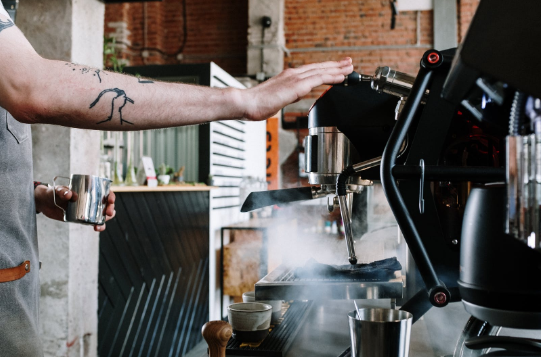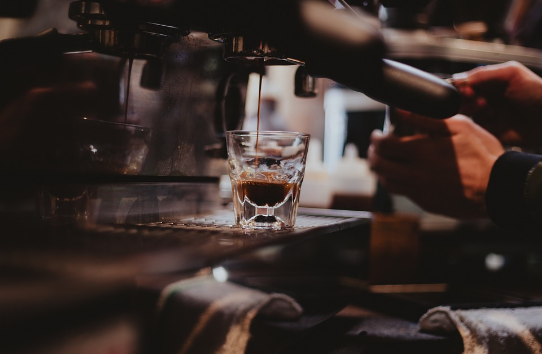In this day and age, everyone is interested in making the best tasting coffee possible. When you think about it, there are probably as many different types of coffee drinkers as there are people, so why should one be so limited when it comes to their morning cup of joe? If you are ready to tackle the art of making the perfect espresso, then keep reading. Improving your existing espresso shot is not as difficult as it might sound. With a little bit of knowledge about the science of espresso and a few simple tips, you will be ready to perfect your own perfect espresso shots from espresso machines.
Know Your Beans
While there is no way to know exactly what type of coffee beans you will receive when you purchase a bag of coffee, it is always a good idea to go with a variety of beans. If you only buy one type of coffee, you might not get a good tasting cup of coffee. It is always a good idea to go with a variety of beans so that you can try a few different types and gain a better understanding of what you like. However, there are some beans that are better suited for a single origin city than others. For example, if you want to try a range of coffee types, then buy a bag of beans from different areas and brew them in a single origin machine.
Make Easy Simple Changes
When you start to make changes to your coffee routine, you will notice an immediate difference. Sometimes, all you need to do is tweak the balance of two or three items in your coffee-making routine to get a great cup of coffee. For example, giving your coffee a stronger than usual shot of water might increase the sweetness of your coffee, but cause a lukewarm cup when you try to take it out. Similarly, giving your coffee a shorter than usual cup time might increase the acidity of your coffee, but cause a bitter cup when you take it out.
Look Into The Chemistry Of Espresso
During the bean production process, coffee beans are exposed to various chemicals and flavors to provide the ideal balance of moisture, flavor, and caffeine. As you drink coffee, these chemicals gradually seep into your cup of joe. Some of them are naturally present in sencha, but others are added at different stages during the process. In order to get a better understanding of how these chemicals influence the taste of your coffee, you can look into the chemistry of espresso. For example, caffeine is considered to be bitter and acidic and is often replaced by other milder acids such as asructus amari or tartaric acid.
Don’t Forget About The Weight Of Your Beans
When people think about the weight of their coffee, they usually think about how much coffee is too much for them to make. However, this is not the case with single-origin coffee. In fact, single-origin coffee is often less expensive than other types of coffee because the farmers were able to produce more coffee berries from fewer seeds. This means that single-origin coffee is often less dense and oily than other types of coffee, making it easier to extract.

Experiment With The Temperature
It is important to play with the temperature of your coffee in order to get the best out of it. For example, you can play with the temperature by raising or lowering your water temperature in order to get a more complex flavor from your coffee.
Espresso is a coffee drink made by adding hot water to coffee beans. In order to make the best tasting coffee possible, you will have to play with the science of espresso in order to figure out what type of coffee beans work best for you. However, in order to make the best-tasting coffee, you will also have to play with the temperature, the type of coffee, and other factors such as the age of the beans, the coarseness of the grind, and the amount of milk in your coffee.















